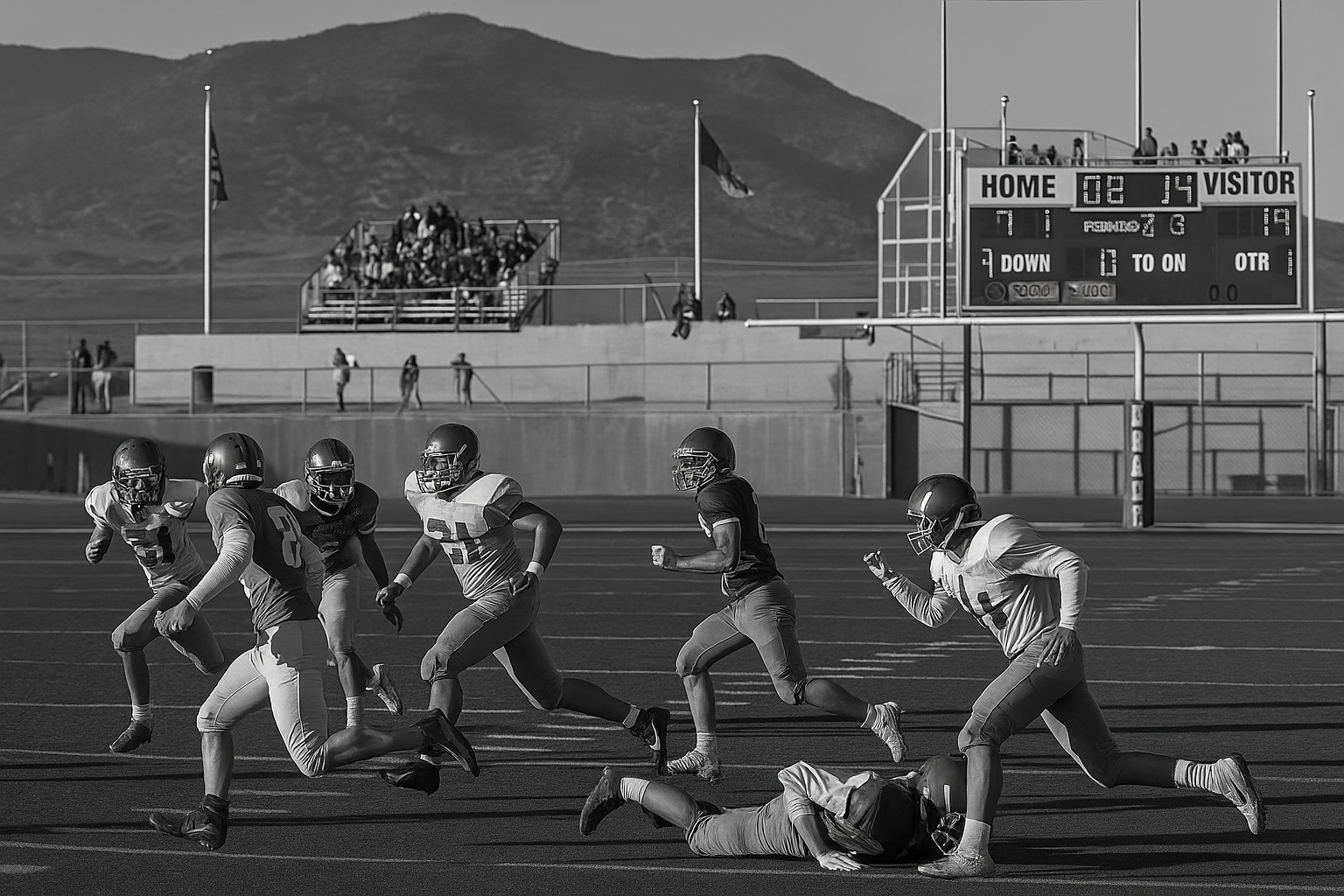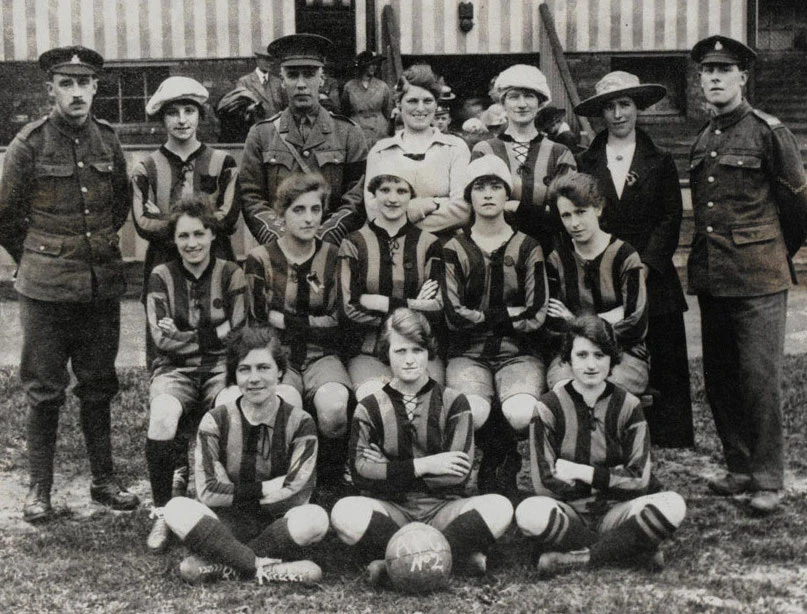“The History of Women’s Football: From Bans to Billions”

Introduction: More Than Just a Game
Women’s football—also known globally as women’s soccer—has grown into a powerhouse of athleticism, passion, and international competition. From its obscure beginnings to sold-out stadiums and multimillion-dollar tournaments, the journey of women’s football is a story of resilience, revolution, and recognition.
Yet, for much of its existence, it has faced social stigma, institutional bans, lack of investment, and inequality. This comprehensive overview tracks the evolution of women’s football, spotlighting key moments, trailblazers, controversies, and the modern rise of the women’s game.
Early Origins: A Forgotten Legacy (19th–Early 20th Century)
While football was historically considered a male domain, women began playing the sport in the 19th century. One of the earliest recorded matches occurred in Scotland in 1881. In England, the first organized women’s football teams emerged in the 1890s.
By World War I, women’s football surged in popularity, particularly in the UK. With many men at war, women working in munitions factories formed teams—most notably Dick, Kerr Ladies FC, who drew crowds of up to 53,000 spectators by 1920.
But the success wasn’t welcomed by football authorities.
The Ban: 1921–1971
In a devastating blow to the movement, the Football Association (FA) in England banned women’s football in 1921, claiming it was “unsuitable for females.” This led to decades of official prohibition, relegating women’s football to a marginalized status.
Similar bans existed across other countries, including Germany, Brazil, and France.
Despite this, women continued to play in unofficial leagues and tournaments, often without proper equipment, support, or venues. Some rebelled by forming their own federations and organizing matches under the radar.


The Fightback and Rebirth (1970s–1980s)
The tide began to turn in the 1970s:
- The FA lifted its ban in 1971, aligning with the changing global attitudes toward women’s rights.
- FIFA and UEFA began to recognize women’s football officially.
- National federations started forming women’s national teams, albeit with limited funding.
In 1971, Mexico hosted the first unofficial Women’s World Cup, drawing over 100,000 fans in some matches. Though not sanctioned by FIFA, it showed the enormous potential for the women’s game.
The Birth of the FIFA Women’s World Cup (1991)
In 1991, FIFA finally organized the first official Women’s World Cup in China. It featured 12 teams and was won by the United States, with Michelle Akers scoring 10 goals.
Though modest in media coverage, it laid the foundation for a recurring international tournament that would elevate women’s football globally.
Olympic Recognition and Global Growth (1996–2010)
- Women’s football was added to the Olympic Games in 1996, with the U.S. again taking gold.
- UEFA, CONCACAF, and other continental federations expanded their women’s competitions.
- Professional women’s leagues began forming across Europe, Asia, and the Americas.
- Notable stars emerged: Mia Hamm (USA), Birgit Prinz (Germany), Sun Wen (China), and Homare Sawa (Japan).
Clubs and countries began to invest more seriously, though inequality in pay, resources, and visibility persisted.
The Modern Era: Explosive Growth and Recognition (2010–Present)
The 2010s and beyond have seen women’s football explode in popularity:
- The 2019 FIFA Women’s World Cup in France broke records with over 1 billion viewers worldwide.
- Players like Megan Rapinoe, Alex Morgan, Ada Hegerberg, and Sam Kerr became global icons.
- Leagues like the FA Women’s Super League (England), NWSL (USA), and Division 1 Féminine (France) have grown in quality and audience.
Significant battles for equal pay and better conditions emerged:
- The US Women’s National Team led a high-profile lawsuit demanding pay parity with their male counterparts, winning a landmark settlement in 2022.
- Clubs began offering professional contracts, TV deals, and sponsorships previously unheard of in the women’s game.
Women’s Football Around the World
- USA: A dominant force, with four Women’s World Cup titles and a highly competitive domestic league (NWSL).
- Europe: Nations like England, Germany, France, and Spain are rapidly growing, investing heavily in club infrastructure.
- Africa and South America: Historically under-supported, but teams like Nigeria, Brazil, and Colombia are breaking through.
- Asia: Countries like Japan, South Korea, and Australia continue to compete at high levels.
Key Tournaments and Milestones
- FIFA Women’s World Cup (every 4 years since 1991)
- UEFA Women’s EURO
- Olympic Football Tournament (Women’s)
- Women’s Champions League (UEFA)
- SheBelieves Cup, Copa América Femenina, CAF Women’s Championship

Challenges That Remain
Despite rapid progress, women’s football still faces major hurdles:
- Gender pay gap between men’s and women’s teams
- Media coverage and visibility
- Lack of investment in grassroots programs
- Sexism, harassment, and institutional bias
- In some regions, cultural resistance to women playing sports persists
The Future of Women’s Football
The trajectory is upward. With record-breaking attendance, rising TV ratings, and growing sponsorships, women’s football is poised to become a global entertainment force. Organizations like FIFA and UEFA have pledged to expand tournaments and funding. In 2023, Australia and New Zealand co-hosted the largest Women’s World Cup yet, further cementing the sport’s mainstream appeal.
The call for equity, respect, and representation continues to echo across locker rooms, courtrooms, and stadiums—making the women’s game not just about football, but about social change.
Conclusion: More Than a Sport
The history of women’s football is a story of resistance, passion, and possibility. From factory teams and stadium bans to World Cup glory and Olympic gold, it is a testament to what women can achieve when barriers are broken and potential is recognized.
Women’s football is not catching up—it’s forging its own powerful path. And the world is finally watching.




